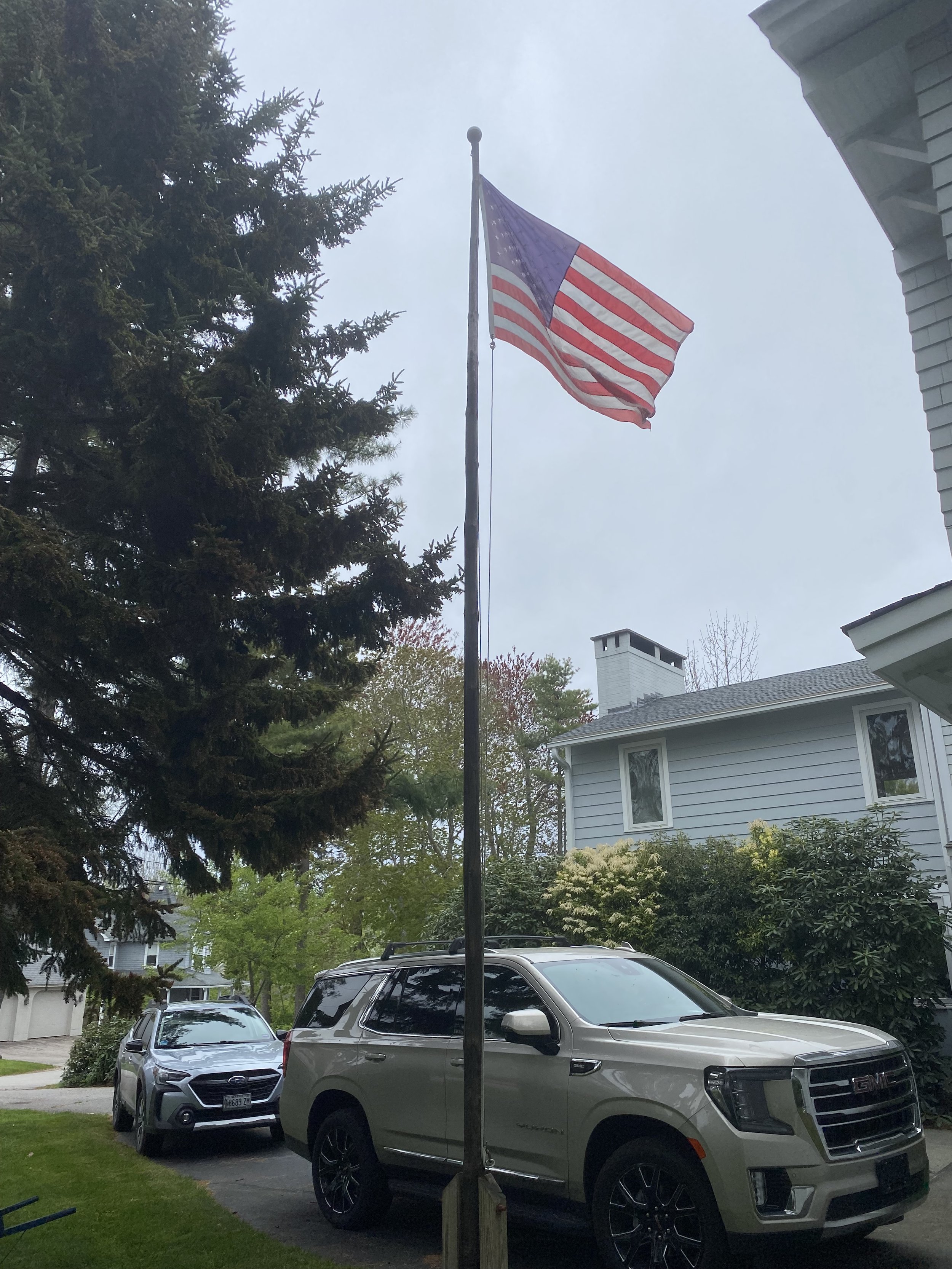HONORING THE STARS AND STRIPES ON JUNE 14
/On June 14, 1777, the Continental Congress of the United States approved a design for the new nation’s flag: “Resolved, that the flag of the 13 United States be thirteen stripes, alternate red and white; that the union be thirteen stars, white in a blue field, representing a new constellation.”
More than a century later in 1885, Bernard Cigrand, a 19-year-old midwest school teacher (earning $40 a month) staged the first recognized observance of Flag Day for students attending Stony Hill School in Waubeka, Wisconsin. Cigrand then dedicated most of his life, when not practicing his ultimate career in dentistry, to promoting patriotism, respect for the flag and the vital need for an annual nation-wide celebration of America’s flag. When he died at age 76 in 1932, he had delivered 2,188 speeches in that pursuit.
One of those speeches apparently caught the ear and interest of President Woodrow Wilson who, in 1916, proclaimed June 14 as Flag Day, the anniversary of the original resolution passed 139 years earlier. It then took another 33 years (surprise, surprise) for Congress to finally and formally etch Wilson’s proclamation into law in 1949.
And so every June 14, Americans proudly fly a red, white and blue banner, an emblem of the land we love, the home of the free and the brave. But the late Brad Sherlock of Wells didn’t only raise the flag on that designated day in June. He proudly raised our country’s banner nearly every day of his life.
During World War II, Sherlock had served with the First Marine Division as they battled the Japanese army in a bitter and protracted six month struggle on Guadalcanal, the principal island of the Solomons in the southwestern Pacific Ocean. Code named Operation Watchtower, the battle of Guadalcanal was fought in the air, on land and at sea, and proved to be a turning point in the Pacific theater, marking the beginning of the Allied transition from defensive to offensive operations.
For his “gallantry in battle,” Brad Sherlock was personally awarded the Silver Star by General Chester Puller. “Chesty,” as his troops referred to him, is the most decorated Marine in American history. “Dad was so proud of having served his country and receiving that medal from Chesty — it meant the world to him,” says Donna Thompson, Sherlock’s daughter, who summers in Kennebunk Beach.
Donna’s memories of her dad and “his flag”are poignant. “Mom and Dad lived in one of the first houses built along Route 9 in Wells, near the Rachel Carson Wildlife Sanctuary, and he was determined to have a flag pole. So one day he went into the woody area behind the house, chopped down a tree, stripped the branches and dragged it back to the house. Fortunately, he was handy and designed a unique hinge-like contraption — with 4x4s and two sleeves — that enabled him to raise and lower the flag with ease.”
Years later, when Donna and her husband Jim Thompson bought a home at Kennebunk Beach, Donna wanted her dad’s flagpole. “It’s a precious reminiscence for me,” she admits. Amazingly, the Thompsons were able to retrieve that flagpole and it now stands on their property, topped with the stars and stripes billowing in the salty breezes from the nearby Atlantic.
“I’m very particular about how the flag goes up and comes down,” Donna says. “Sometimes my grandkids James and Julie help. I’ve taught them flag etiquette — never let it touch the ground and folding it the military way.”
During the cold months, snowbirds Donna and Jim escape to their winter home in New Orleans. But every May, within hours after unpacking their suitcases at their summer retreat, raising the flag is “the first thing we do. And we keep it up all summer long on the same pole Dad made more than 50 years ago.”


